Rumors of a foldable iPhone have been circulating for nearly a decade now, but it looks like the device is finally becoming a reality.
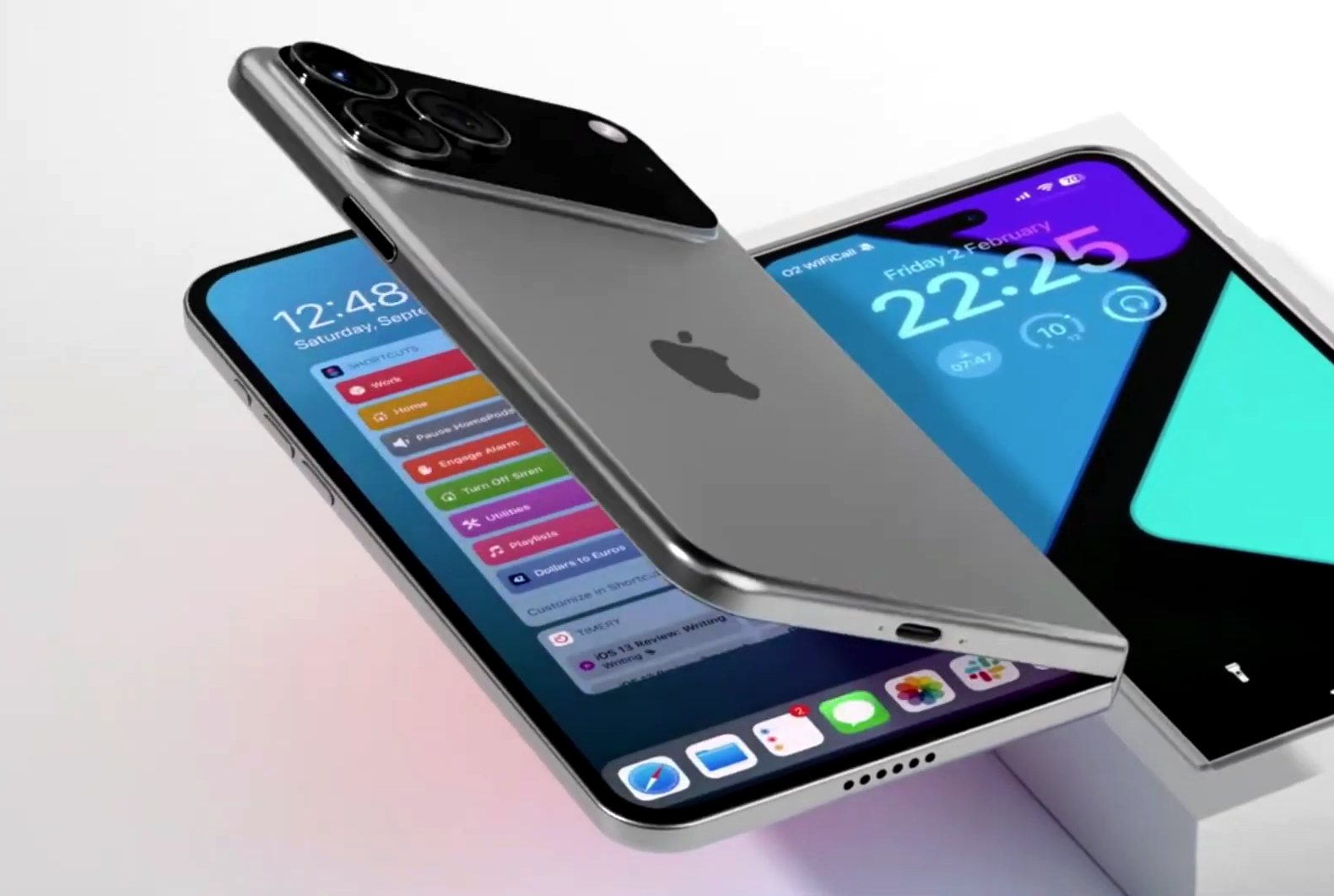
Although there are still many months to go before Apple launches its first foldable iPhone (tentatively called the iPhone Fold), expected in 2026, the leaked information so far is quite promising.
Apple removes the screen crease
It took Apple years to design a folding iPhone that it was truly happy with, because it wanted to completely eliminate the crease on the screen.
Most folding smartphones today have a crease in the middle of the screen, which can be unsightly and affect the user experience.
Apple aims to deliver a completely flat screen, so users won't be distracted by the crease when using it.
No clamshell fold
Apple has experimented with a number of different designs, including a clamshell form factor like the Galaxy Z Flip. However, according to the latest rumors, Apple seems to have opted for a book-like folding design, similar to the Galaxy Z Fold. This would require iOS to be redesigned to work smoothly in both portrait and landscape modes.
Apple is currently developing iOS 19, iPadOS 19, and macOS 16 with a more unified interface across devices. This improvement will help the operating systems better adapt to foldable screen designs.
Size is almost same as iPad mini
When folded, Apple's iPhone Fold will have a 5.5-inch external display, smaller than current iPhones (at least 6.1 inches). But when opened, the internal display will be 7.8 inches in size, almost the same as the iPad mini (7.9 inches).
Imagine an iPad mini rotated horizontally, or two 6.1-inch iPhones side by side, and you'll get an idea of the size of a foldable iPhone.
Thick when folded, super thin when opened
The foldable iPhone will use technology from the iPhone 17 Air, helping the device reach a thickness of 4.5 - 4.8mm when opened - even thinner than the 12.9-inch iPad Pro (5.1mm), Apple's thinnest device currently.
However, when folded, the thickness of the device will be between 9 - 9.5mm, quite thick compared to current iPhones.
Touch ID instead of Face ID
Interestingly, Apple could integrate Touch ID into the power button instead of using Face ID on the foldable iPhone.
According to analyst Ming-Chi Kuo, if Apple cannot thin the TrueDepth camera cluster (used for Face ID) enough to achieve the desired screen thickness, Touch ID will be a reasonable alternative.
The price will be very expensive.
Foldable smartphones are always expensive, even for Android manufacturers. Samsung's Galaxy Z Fold6 costs between 44 and 55 million VND.
For Apple, the price is expected to be in the range of 2,000 - 2,500 USD (about 51 - 64 million VND), significantly more expensive than current high-end iPhone models.
Even as leaks become more concrete, Apple’s continued testing could lead to design changes or even project cancellation. If Apple does indeed launch a foldable iPhone, we could see it as late as 2026, Bloomberg ’s Mark Gurman recently confirmed. Gurman also said the iPhone Fold will start at $2,000.
See the foldable iPhone concept with Touch ID design. (Source: ConceptsiPhone)
(According to Macrumors, TechRadar)
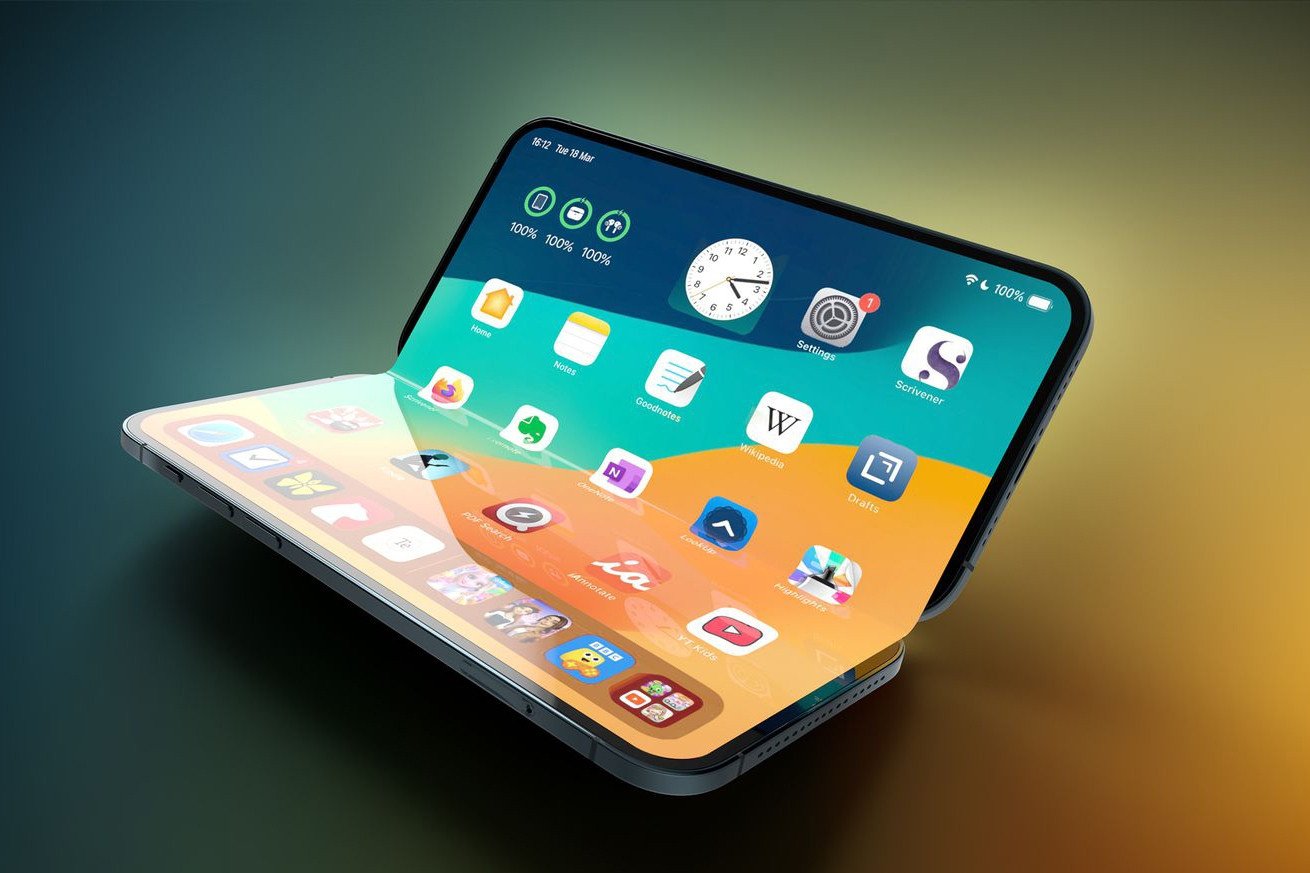
Source: https://vietnamnet.vn/iphone-gap-cua-apple-co-gi-dang-chu-y-2385765.html



![[Photo] General Secretary To Lam receives President of the Senate of the Czech Republic Milos Vystrcil](/_next/image?url=https%3A%2F%2Fvphoto.vietnam.vn%2Fthumb%2F1200x675%2Fvietnam%2Fresource%2FIMAGE%2F2025%2F11%2F21%2F1763723946294_ndo_br_1-8401-jpg.webp&w=3840&q=75)
![[Photo] President Luong Cuong receives Speaker of the Korean National Assembly Woo Won Shik](/_next/image?url=https%3A%2F%2Fvphoto.vietnam.vn%2Fthumb%2F1200x675%2Fvietnam%2Fresource%2FIMAGE%2F2025%2F11%2F21%2F1763720046458_ndo_br_1-jpg.webp&w=3840&q=75)
![[Photo] National Assembly Chairman Tran Thanh Man holds talks with President of the Senate of the Czech Republic Milos Vystrcil](/_next/image?url=https%3A%2F%2Fvphoto.vietnam.vn%2Fthumb%2F1200x675%2Fvietnam%2Fresource%2FIMAGE%2F2025%2F11%2F21%2F1763715853195_ndo_br_bnd-6440-jpg.webp&w=3840&q=75)

![[Photo] Visit Hung Yen to admire the "wooden masterpiece" pagoda in the heart of the Northern Delta](/_next/image?url=https%3A%2F%2Fvphoto.vietnam.vn%2Fthumb%2F1200x675%2Fvietnam%2Fresource%2FIMAGE%2F2025%2F11%2F21%2F1763716446000_a1-bnd-8471-1769-jpg.webp&w=3840&q=75)





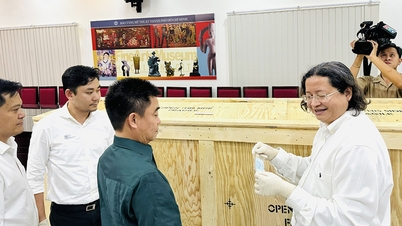

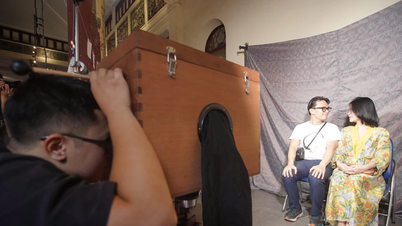










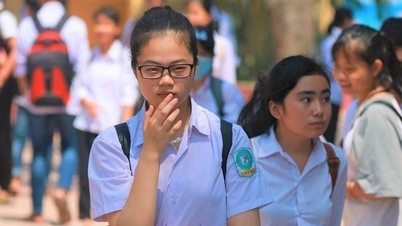



























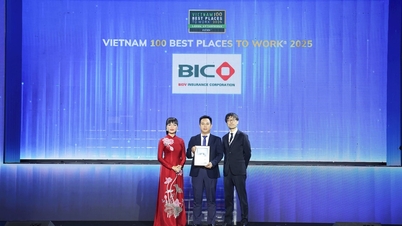





















































Comment (0)